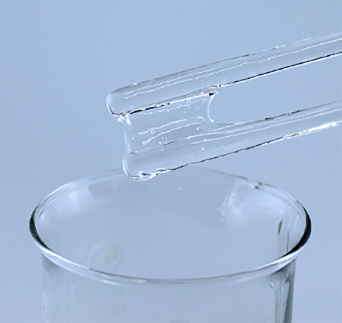
දෙසැ. . 22, 2024 20:43 Back to list
Exploring Different Grades and Properties of HPMC for Various Applications
Understanding the Grade System in HPMC (Hydroxypropyl Methylcellulose)
Hydroxypropyl Methylcellulose (HPMC) is a versatile, non-ionic cellulose ether widely used in various industries, including pharmaceuticals, food, cosmetics, and construction. One of the critical factors that determine the application of HPMC is its grading system, which signifies the different properties and functionalities of this polymer. Understanding the grades of HPMC is essential for manufacturers and formulators to select the appropriate grade for their specific needs.
What are the Grades of HPMC?
HPMC is generally classified into different grades based on its viscosity, methoxy and hydroxypropyl content, and other structural characteristics. The main grading criteria for HPMC include viscosity (in cps), substitution levels for methoxy and hydroxypropyl groups, and the intended application. Viscosity grades can range from low (e.g., 1000 cps) to high (e.g., 150,000 cps or more), affecting the thickening, binding, and film-forming properties of the material.
1. Low Viscosity Grades These grades, usually ranging from 1000 to 5000 cps, are commonly used in applications where a thin, uniform film is required. They are ideal for pharmaceutical formulations as binders or stabilizers in liquid preparations. In food applications, low viscosity HPMC can be used as a thickener in sauces and dressings, providing a smooth texture without altering flavor significantly.
2. Medium Viscosity Grades Generally ranging from 5000 to 50,000 cps, medium viscosity HPMC grades offer a balance between viscosity and fluidity. These are increasingly popular in personal care products for their ability to provide a good level of thickening while still enabling easy application. They are also effective in adhesive formulations, improving the application properties while maintaining performance.
3. High Viscosity Grades Grades with viscosity values exceeding 50,000 cps are considered high viscosity. These are primarily used in more demanding applications, such as in the construction industry, where HPMC acts as a water retention agent in cement and mortar mixes. The high viscosity allows for better workability and improved adhesion of the mixtures. In pharmaceuticals, high viscosity HPMC is critical for sustained-release formulations, controlling the rate of drug release.
Key Factors Influencing HPMC Selection
grades of hpmc

When selecting an HPMC grade, several factors need to be considered
- Application Requirements Understanding the specific end-use is crucial. For instance, cosmetic formulations may prioritize texture and flow properties, whereas pharmaceuticals may focus on bioavailability and release profiles.
- Concentration The concentration of HPMC in formulations can significantly affect the final product’s characteristics. Higher concentrations can yield gel-like textures, while lower concentrations lead to milder thickeners.
- Temperature Sensitivity Some HPMC grades can be sensitive to temperature changes, impacting their gelling ability. This is particularly important in heat-processed foods or during the storage of pharmaceuticals.
- Regulatory Compliance Depending on the application, certain grades of HPMC must comply with specific regulatory requirements, such as those defined by the FDA for food additives or pharmaceuticals.
Conclusion
The grades of HPMC provide manufacturers and formulators with versatile options tailored to their specific needs. By understanding the distinctions in viscosity and functional properties, organizations can make informed decisions that optimize their products' performance and quality. Whether used in thickening agents, binders, or stabilizers, the right grade of HPMC can be the difference between a successful formulation and one that falls short of expectations. As industries continue to innovate, the demand for high-quality HPMC will undoubtedly grow, reinforcing its importance in modern applications.
-
Versatile Hpmc Uses in Different Industries
NewsJun.19,2025
-
Redispersible Powder's Role in Enhancing Durability of Construction Products
NewsJun.19,2025
-
Hydroxyethyl Cellulose Applications Driving Green Industrial Processes
NewsJun.19,2025
-
Exploring Different Redispersible Polymer Powder
NewsJun.19,2025
-
Choosing the Right Mortar Bonding Agent
NewsJun.19,2025
-
Applications and Significance of China Hpmc in Modern Industries
NewsJun.19,2025







